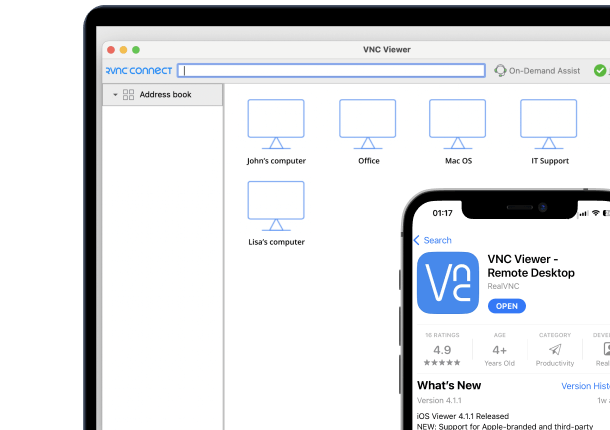A Gallup poll taken in the middle of 2022 found that 8 in 10 employees are now working either partially or completely remotely from the office – the conclusion is that working exclusively in the office is an extinct concept, according to the poll’s author. With such a material percentage of employees working remotely, this begs a question. Namely, “how can IT properly support the organization’s users?”
It’s probably a safe assumption that, in order to work remotely, the user is remotely accessing an internally-provided virtual or physical computer, has a work-sanctioned device at home, or is simply using a mobile device (read: a tablet or, in some cases, their phone) to interact with company apps in the web.
But, according to market and consumer data provided, Statista, the number of mobile workers – those remote workers “who are equipped with mobile devices such as smartphones and tablets by their company to work on tasks and workflows assigned to them” will reach 93.5 million by 2024 – up from 78.5 million in 2020. In that same timeframe, Statista also project the number of mobile devices worldwide to have grown from just over 14 billion in 2020 to 17.7 billion in 2024. In essence, the convergence of this data points to the fact that organizations are going to continue to increase their reliance on mobile devices to see employees be productive.
But what does this have to do with an organization’s remote access strategy?
Keep in mind that remote access isn’t just about allowing remote users access to internal resources; it’s also how support desk staff access user devices to help remediate user- or device-specific issues. After all, if your support desk exists to help users with issues that keep them from being productive, it’s reasonable to conclude it’s necessary to be able to support whatever device (and its corresponding OS) that the user chooses to utilize.
It’s evident that you need to support mobile. But what’s it going to take?
Going Mobile with Your Remote Support
Looking forward, it makes sense to see the trend towards mobile devices as, perhaps, the only devices in use by a user, and begin to find ways to modify the organization’s remote access strategy – and the solutions used therein – to incorporate supporting whatever device the user utilizes. So, what should you take into consideration as you plan a remote support strategy that includes mobile?
- Which mobile OSes you support – The current breakdown of mobile devices (by their operating system) shows the obvious two clear leaders: Android and iOS. For the purposes of staying with truly mobile device operating systems, let’s assume that devices like the Windows Surface tablet are excluded from this discussion, as they are still a Windows machine and are likely already supported within your remote support capabilities.
- IT having a consistent experience when supporting – You don’t want your support desk using one platform for Windows, another for Android, and yet another for iOS, right? That only elevates the total cost of ownership for those solutions as well as the overall cost of supporting a user and lowers the likelihood that security standards are consistently maintained. Instead, the very same remote access platform that meets the remote needs of an organization’s Windows users should also be able to remotely access Android and iOS devices.
- Access needs to be simple – Both the user and the support professional are looking for a very simple experience that facilitates access to the mobile device. This means, at worst, the user should either need to install an app (or, more likely, have it already installed) or should visit a webpage to initiate the remote support.
- The remote capabilities may differ with mobile – Keep in mind that, at the present state, some mobile device OSes do not support remote interactivity with the device, only allowing remote users to see the OS without the ability to interact with it. This means support teams need to be prepared to walk users through fixes instead of performing the fixes themselves.
Including Remote Support in Remote Access
I’m guessing that your remote access and remote support strategies are completely separate from one another. But think about what happens if you unify them. You can standardize the security around remote access, ensure a consistent experience regardless of whether the goal is remote access or support, and every OS – including mobile – can be included.
This ensures that no matter what device your employees utilize, there’s an inherent ability for them to connect to corporate resources while being uniformly supported by IT. The result is a better user experience, elevated user productivity, and lowered IT costs.






